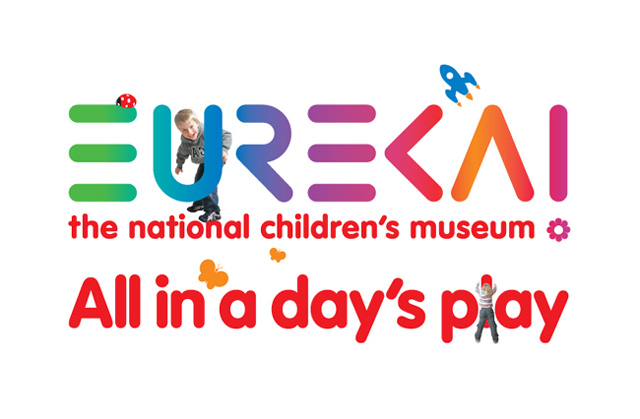This year’s play, 'Santa's Magical Toyshop' is not the first adventure that our elves have been involved in. Last year they found themselves in a similar mess for our 2009 Christmas show. I wrote last year’s show, and again volunteered to write the ‘difficult sequel’. I was determined to write a different script which contained new elements; it was important to me that the show was not the same as before and merely dressed differently. I also wanted to make sure that the 2010 play did not deviate too far from the framework we established the previous year as it proved very successful. As a result the activities the children (and adults) take part in during Santa’s Magical Toyshop are vastly different to last year but the dynamic interactions and banter between the two characters has remained constant.
 |
| Enablers turning the Theatre into Santa's Workshop! |
Where younger children will respond to the interaction of the performance, older children and adults will appreciate the humour in the guise of Twinkle and Jingle’s frantic dialogue. Jingle, the overworked and underpaid ‘line manager’ elf clashes with his docile yet kind-hearted worker, Twinkle. There are many one-liners within their interaction specifically aimed at an older audience that will amuse them while not confusing the young ones.
Writing for an interactive show differs in many ways to writing for the stage. A key difference is that you cannot be too narrow; that is, there must be room for the performers to improvise should anything go wrong including: the children not giving an expected answer or a toddler wandering onstage and starting to dismantle the set. The performers must be more fluid and be ready to change the contents of the show in response to the situations that occur, which is not possible if they have strict dialogue patterns or subtle punch-lines.
One of the main things that attract people to the show is, of course, the opportunity to meet Santa. All children can speak with Santa at the end of the show and get a photo with him should they wish. But the staging is beneficial for children who are intimidated by Santa as they have support, from all other children in the audience, a gentle introduction to him, and the choice to either go to see Santa up close or just watch him from afar. So due to way it is staged no children have to miss out on the Christmas experience.
It’s fantastic to see a project through to the end and due to everyone involved the finished production is hilarious, heart-warming and full of Christmas magic.
Ben Healey is an Enabler at Eureka! The National Children’s Museum





No comments:
Post a Comment